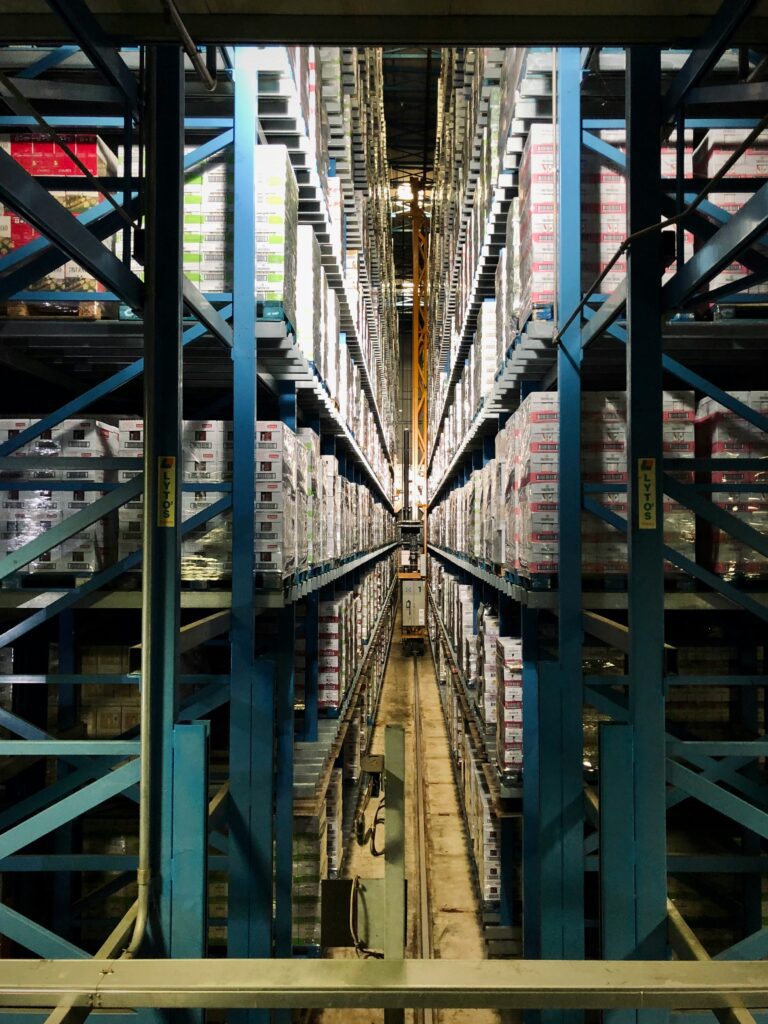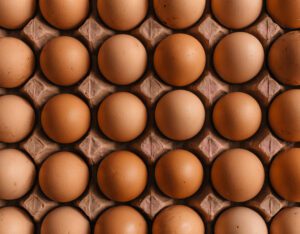Extreme weather for the world's second-largest economy could send shock waves through global food trade.
China is battling extreme weather conditions, with severe drought and record-breaking temperatures affecting the north, while heavy rainfall inundates the southern regions.
These conditions are raising significant concerns about food security, writes CNN. For the world’s second-largest economy, the impact could have shockwaves for their trade partners. Key agricultural areas that produce rice and wheat have been severely impacted, disrupting crucial planting seasons.
The Ministry of Agriculture reported on Thursday that the drought and intense heat have negatively impacted the planting season in several northern and central provinces. Temperatures are expected to exceed 35°C in the coming days. An emergency alert is in place for at least seven provinces, including major agricultural regions like Henan and Shandong, due to the dry and hot conditions.
Persistent high temperatures accelerated soil water loss, leading to drought in some areas and adversely affecting the summer sowing season. Henan, China’s top wheat-producing region, experienced rainfall in May that was 70% lower than the annual average, according to provincial official’s Yang Wentao interview to CNN CCTV. This intensifies the challenge of protecting the summer planting season.
The China Meteorological Administration (CMA) reported that 28 regional weather stations broke their highest temperature records in mid-June. The city of Fenyang in Shanxi province recorded its highest temperature ever at 40.2°C (104°F). China experienced its hottest spring on record this year, with an average temperature of 12.3°C (54.1°F) between March and May, the highest since records began in 1961.
Meanwhile, southern China, the top rice-growing region, has been dealing with weeks of heavy downpours. In April, the Ministry of Agriculture noted that rainfall in parts of the region had increased by 50% to 80%, and even doubled in some areas. Measures were recommended to reduce damage to the early rice saplings, which are planted in March and harvested in June.
The CMA reported on Thursday that heavy rainfall occurred in Zhejiang, Fujian, Jiangxi, Hunan, Guangxi, and Guizhou regions—some of which are major manufacturing and industrial centers. Hunan and Jiangxi are two of China’s biggest rice producers.
China’s State Flood Control and Drought Relief Headquarters issued an emergency response to both the flooding in the south and the drought in the north on Thursday, warning of high risks of flash floods and geological hazards. These heavy rains are related to a seasonal monsoon pattern, which can cause intense showers over short periods.














